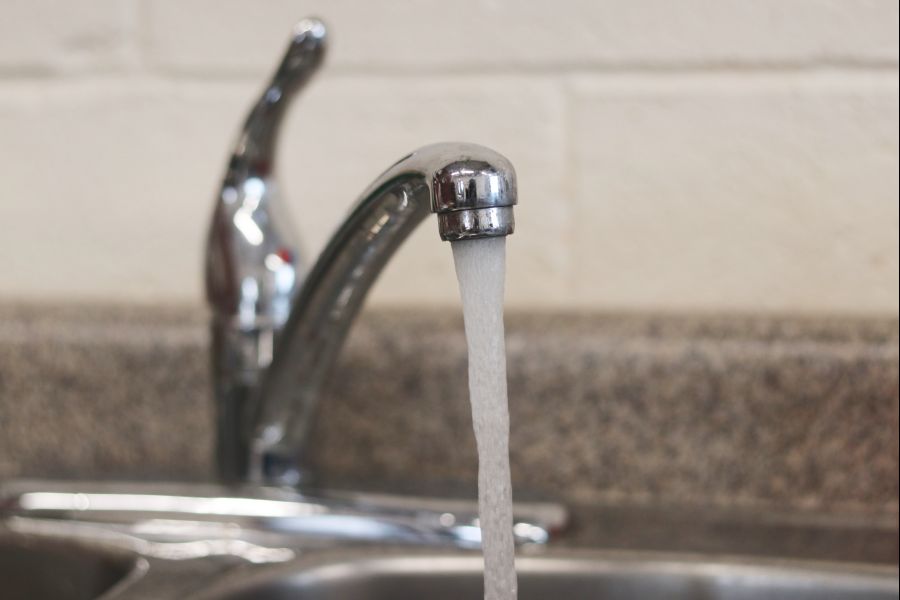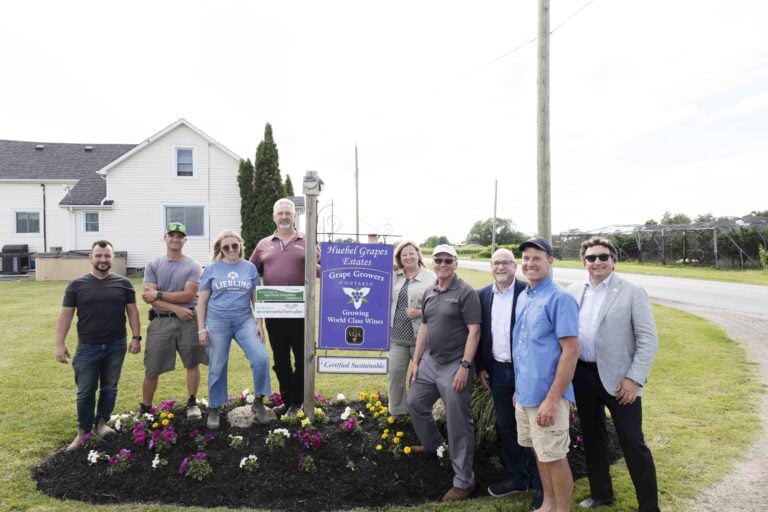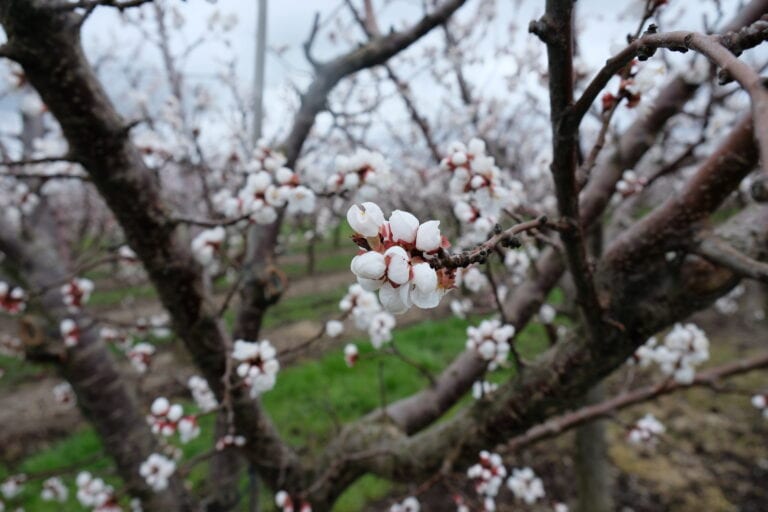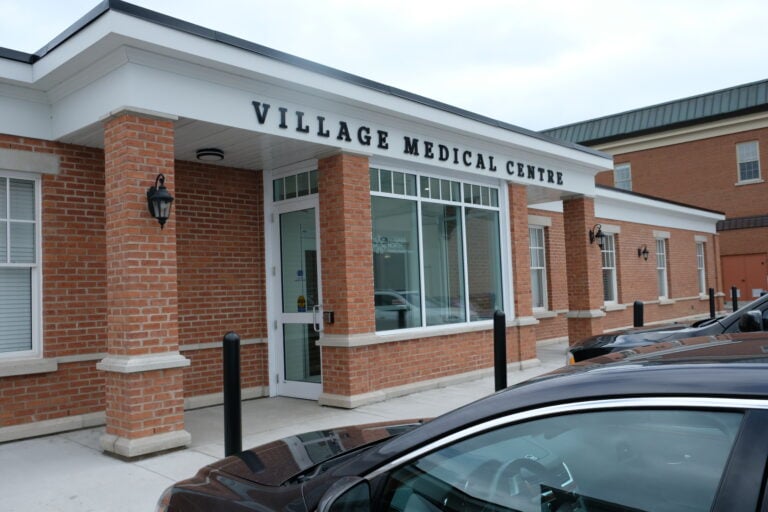Niagara-on-the-Lake’s drinking water results showed low lead levels in the past, which is why for several years the town has been granted regulatory relief from lead testing, town staff explained in an information report presented to council’s committee of the whole Monday.
Following nationwide investigative research by the Toronto Star, which revealed thousands of Canadians could be drinking water with a high level of lead coming from aging pipes and infrastructure, town staff updated councillors about Niagara-on-the-Lake’s drinking water quality.
In March 2019, Health Canada set a new maximum acceptable concentration guideline from 0.01 milligrams per litre to 0.005 milligrams per litre.
In Ontario, the current drinking water quality standard for lead is 10 micrograms per litre or 10 parts per billion, according to the Safe Drinking Water Act, 2002.
When the Ontario standards for lead sampling and testing came into effect, all provincial municipalities were required to take and submit samples based on population size, the town’s engineering technologist Darrin Wills said in the report.
In 2009, NOTL took about 200 samples across town at two set time intervals and submitted the results to the Ministry of Environment. As NOTL had low lead levels, the town was not required to continue extensive sampling. NOTL only was required to take 10 samples every third year.
Since then the town’s requirement was reduced to five samples for lead every three years. During the other two years, the town must take five samples during each of the periods to test for pH and alkalinity.
However, town staff tested more often, taking 15 samples in 2012, 16 samples in 2015, and 12 samples in 2018.
The town also tests water on E.coli, total coliforms, Heterotrophic plate count, free chlorine residual, trihalomethanes, pH and lead and Haloacetic acids.
NOTL owns and operates two separate drinking water distribution systems: the Niagara-on-the-Lake system and the Bevan Heights system in Queenston.
Each system receives treated water from two separate regionally-owned and operated water treatment plants.
The Bevan Heights system receives water from the Niagara Falls water treatment plant and serves about 157 residents.
According to the 2018 annual report for the Bevan Heights Drinking Water System, all water mains, appurtenances and service lines within the Bevan Heights subdivision were renewed in 2002.
The only exception is on Mallette Crescent where the water main dates to 1971 but “is still adequate.” Service lines on Mallette Crescent were also renewed in 2002.
The Bevan Heights Drinking Water System includes two kilometres of water mains, 16 fire hydrants and 19 valves.
The NOTL system receives treated water from the DeCew Falls Water Treatment Plant in St. Catharines.
The system serves about 15,000 residents and includes 200 kilometres of water mains, 1,386 of fire hydrants, 1,358 valves and two water filling stations.
In 2018, 1,900 metres of water main was replaced in all of Niagara-on-the-Lake’s water distribution system, including Bevan Heights, at a cost of $1,650,000, according to the report.
The town’s annual drinking water reports are submitted to the ministry every year and can be viewed online.











